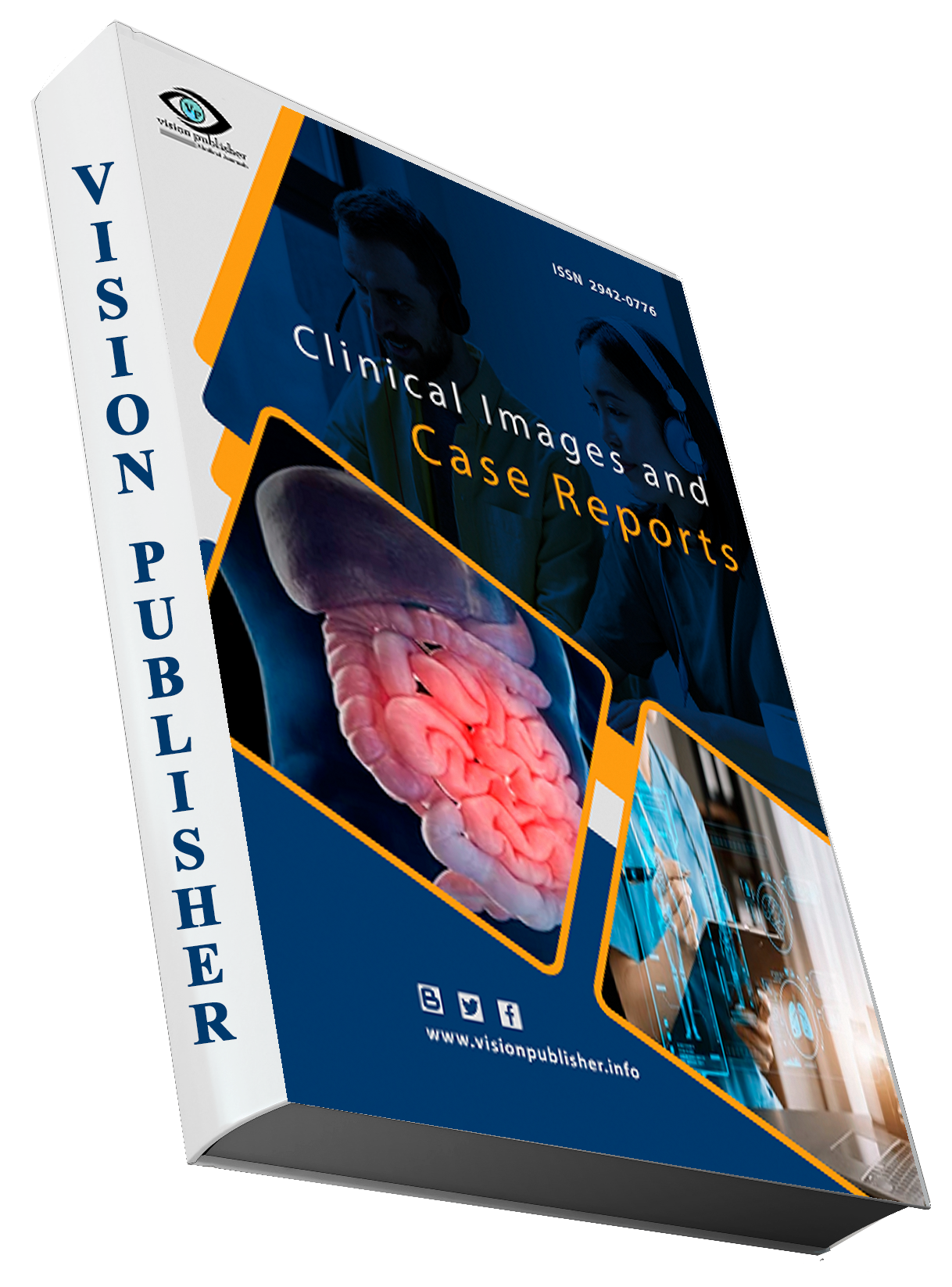Natural Products with Health Benefits, Mass Spectrometry in Phytonutrient and Methods with Mass spectrometry (MS) [Liquid Chromatography Mass Spectrometry (LC-MS) and Gas Chromatography Mass Spectrometry (GC-MS)
Keywords:
Natural Products, Mass Spectrometry, Liquid Chromatography GC-MSAbstract
A wide variety of secondary metabolites with low molecular weights that are chemically and physiologically varied are grouped together as phytonutrients, also known as phytochemicals. Not only may you find these NPs in fruits and vegetables, but also in spices and other traditional seasonings; they aren't strictly necessary for human nutrition. Many NPs are ingested by people on a daily basis in many forms, including food, spices, traditional ingredients, and medicinal plants. These substances can all have positive or negative impacts on the body. Due to their diverse physiochemical characteristics, these chemicals necessitate specialised analytical techniques for profiling, identification, and quantification in either their native matrices or bodily fluids [1-3]. Functional foods are those that are abundant in bioactive components; this category includes foods like fruits, vegetables, and whole grains. While the exact meaning of a "functional food" is up for debate, the International Food Information Council uses the term to describe foods that have additional health advantages beyond their nutritional value. The American Dietetic Association defines functional foods as "foods that have a potentially beneficial effect on health when consumed as part of a varied diet on a regular basis, at effective levels." This includes both whole foods and those that have been fortified, enriched, or enhanced. Phytonutrients, which are secondary metabolites found mostly in plants, are among
Downloads
References
Butler MS. Natural products to drugs: natural product-derived compounds. (2008).
Hobden AN, Harris TJR. Proc. R. Soc. Edinburgh. Sect. B. 1992; 99: 37-45.
Davis J. New chemical entities disappoint in 1992, Scrip Review, 1992, PJB publications, Richmond. 1993; 20-21.
Suffness M, Douros J. J. Nat. Prod., 45: 1-14.the last 25 years. J. Nat. Prod. 1982; 70: 461–477.
Wu S. Multi-channel counter-current chromatography for highthroughput. 2007; 11: 480–484.
Harvey AL. Natural products as a screening resource. Curr. Opin. Chem. Biol. Helminthostachys zeylanica in mice”. Journal of Tropical Medicinal Plants. 2007; 3: 191–195.
Quinn RJ. Developing a drug-like natural product library. J. Nat. Prod. 2008; 71: 464–468
Hamberger M, Marston A and Hostettmann KK. Advances in Drug Research, 20, B., ed., Academic Press, London. (1991) 167-215.
Wagner H, Fransworth NR.Economic and Medicinal Plant Research. 1990; 4: 3-16.
Kalia AN. Textbook of Industrial Pharmacognosy. CBS Publishers, New Delhi. (2000).
Kinghorn AD, Balandrin MF. Human Medicinal Agents from Plants. American Chemical Society, Washington, DC. (1993).
Jachak SM, Saklani A. Challenges and opportunities in drug discovery from plants.Current science. 2007: 92 (9).
Knowles J, Gromo G. Target selection in drug discovery. Nature Review on Drug Discovery. 2003; 2: 63-69.
Kramer R, Cohen D. Functional genomics to new drug targets. Nature Review on Drug Discovery. 2004; 3: 965-972.
Walters WP, Namchuk M. Designing screens: How to make your hits a hit. Nature Review on Drug Discovery. 2003; 2: 259-266.
Kamboj VP. Herbal Medicine. Current Science. 2000; 78 (1): 35-39.
Krishnan R. Indian Drug Manufactured Association Bulletin. 1998; 13: 318- 320
Kokate CK, Purohit AP and Gokhale SB. Pharmacognosy. Nirali Prakashan, 30th Edn. (2005).
Inamdar N, Edalat VB, and Kotwal SP. Herbal Drugs in Milieu of Modern Drugs. Int. J. Green Pharm. 2008; 2 (1): 2-8.
Calixto JB. Efficacy, Safety, Quality Control, Marketing and Regulatory Guidelines for Herbal Medicines (Phytotherapeutic Agents). Braz. J. Med. Biol. Res. 2000; 33(2): 179-189.
Prajapti ND, Purohit SS, Sharma AK and Kumar A. Handbook of Medicinal Plants. Agrobios, India. (2003).
Raskin I, Ribnicky DM, Komarnytsky S, Ilic N, Poulev A, Borisjuk N, Brinker A, Moreno DA, Ripoll C, Yakoby N, O’Neal JM. Cornwell T, Pastor I, and Fridlender B. Plants and Human health in the twenty first century. Trends in biotechnology. 2002; 20 (12): 522-531.
Schippmann U, Leaman DJ and Cunningham AB. Impact of cultivation and gathering of medicinal plants on biodiversity: Global trends and issues. Biodiversity and the Ecosystem Approach in Agriculture. Proc. 9thsession of the Commission on Genetic Resources for Food and Agriculture. 2002; 12–13.
Gadre AY, Uchi DA, Rege NN and Daha SA. Nuclear Variations in HPTLC (2001).
Borris J. Natural Products Research Perspectives from a Major Pharmaceutical. 1996.
Austin DF. Evolvulus alsinoids (Convolvulaceae), An American herb in the whole world. J. Ethnopharmacology. 2008; 117 (2): 185-198.
Sarine YK. Quality control of herbal drugs, Indian journal of natural products. 1993; 10: 35.
Gogtay NJ, Bhatt HA, Dalvis SS and Kshirsagar NA. The use of non-allopathic Indian medicines, Drug Safety. 2002; 25: 1005-1019.
Pal SK, Shukla Y. Herbal medicine: current status and the future Asian Pacific Journal of Cancer Previous. 2003; 281-288.
De Smet PAGM. Aristolochia species, in Adverse Effects of Herbal Drugs, vol.1 Spinger Verlag, Berlin. (1992) 79-89.
Raina MK. Specification for Herbal drugs, Indian Journal of natural products. 1993; 9:12
Sethi PD. HPTLC quantative analysis of pharmaceutical formulation 1st Edition, CBS Publishers, New Delhi. (2001) 1-57.
Ali M. Textbook of Pharmacognosy, CBS Publications & Distributors, New Delhi. (1998).
Chaterrjee TK. “Medicinal Plants with Hepatoprotective Properties”. Herbal Options. Books and Applied Allied (P) Ltd, Calcutta. (2000) 143.
Handa SS, Sharma A and Chakraborti KK. Natural products and plants as liver protecting drugs. Fitoterapia. 1986; 57(5): 307-352.
Harborne JB. Textbook of phytochemical methods 3rd edition, Chapman and Hill Publishers, 11 New Fetter Lane, London. (1998) 1-6; 56-99.
Subramonium A, Pushpangadan P. “Development of Phytomedicines for liver diseases”. Indian J. Pharmacol. 1999; 3: 166-175.
Thyagarajan SP, Jayaram S, Gopalakrishnan V, Hari R, Jeyakumar P and Sripathi MS. Herbal medicines for liver diseases in India. J Gastroenterol Hepatol. 2002; 17; S: 370-376 .
World Health Organization (WHO). WHO traditional medicine strategy, Geneva.20

Downloads
Published
How to Cite
Issue
Section
License
Copyright (c) 2024 Clinical Images and Case Reports

This work is licensed under a Creative Commons Attribution 4.0 International License.
Clinical Images and Case Reports












